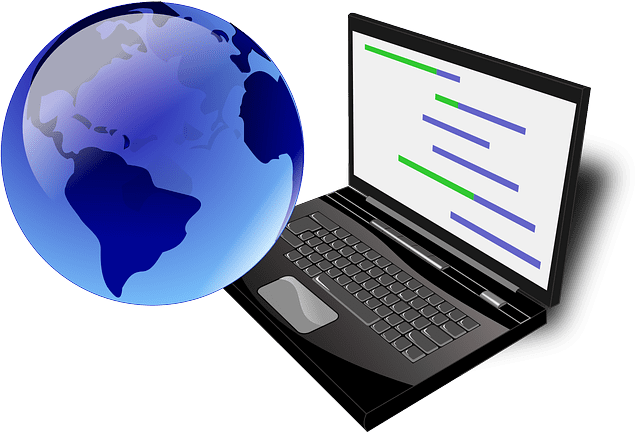The allure of conquering a new language is undeniable. It unlocks new cultures, broadens career prospects, and even enhances cognitive skills. But the looming question remains: how long does it truly take to learn a new language and achieve fluency?
The answer, unfortunately, isn’t a one-size-fits-all. It’s a captivating blend of factors unique to each learner. Here’s a deep dive into the variables that influence your language learning journey:
Your Native Tongue & Language Background
The closer a new language is to your native tongue, the faster you’ll grasp it. Languages within the same family (like Spanish, French, and Italian) share grammatical structures and vocabulary, making connections easier to draw. For example, a Spanish speaker will likely learn Italian quicker than someone with no Romance language background.
The State Department’s Take: Language Categories
The US Department of State categorizes languages based on learning difficulty for native English speakers. Category 1 languages (like Spanish or French) take approximately 23-24 weeks of dedicated study (around 480 hours) to achieve basic fluency. Category 2 languages (like German or Indonesian) take slightly longer, while Category 3 and 4 languages (like Arabic or Mandarin Chinese) require significantly more time and effort.
Your Dedication: The Ultimate Game Changer
The most crucial factor is your dedication and learning style. Consistent practice, active engagement with the language (through reading, video material, or conversations), and utilizing various learning methods (apps, courses, tutors) all significantly accelerate your progress. Devoting 10 hours a week can yield faster results compared to casual, sporadic studying.
Setting Realistic Goals: A Marathon, Not a Sprint
Learning a language is a marathon, not a sprint. Celebrate small milestones and focus on long-term progress. Aim for conversational fluency first, which allows you to navigate everyday situations comfortably. Formal fluency, encompassing advanced vocabulary and complex grammar, takes even more time and practice.
Spaced Repetition
Don’t get discouraged by setbacks. Learning a language is a rewarding journey filled with discovery. Embrace the process, have fun with it, and find ways to make learning enjoyable. Explore Anki, a revolutionary flashcard system that utilizes spaced repetition, an effective method for long-term memory retention.
Spaced repetition is the magic behind Anki’s effectiveness. Unlike traditional rote memorization, spaced repetition ensures you revisit information at optimal intervals, solidifying it in your long-term memory. Anki uses an algorithm to schedule reviews based on your performance, showing you cards you’re struggling with more frequently and spacing out reviews for cards you’ve mastered.
To use Anki to learn Spanish, Portuguese, Italian, or French, you can use the following premade decks:
For each language, we provide two products that go hand-in-hand:
- Book: covering six graduating levels from beginner to fluent, provides an intuitive path to effortlessly improving your language comprehension, memory, and grammar skills. You can also check our grammar lessons online.
- Anki Package: Featuring an incredible collection of 5,000+ Anki flashcards that you can use independently or hand-in-hand with the book, and contains audio elements to help you pronounce words and use grammar like a native speaker.



